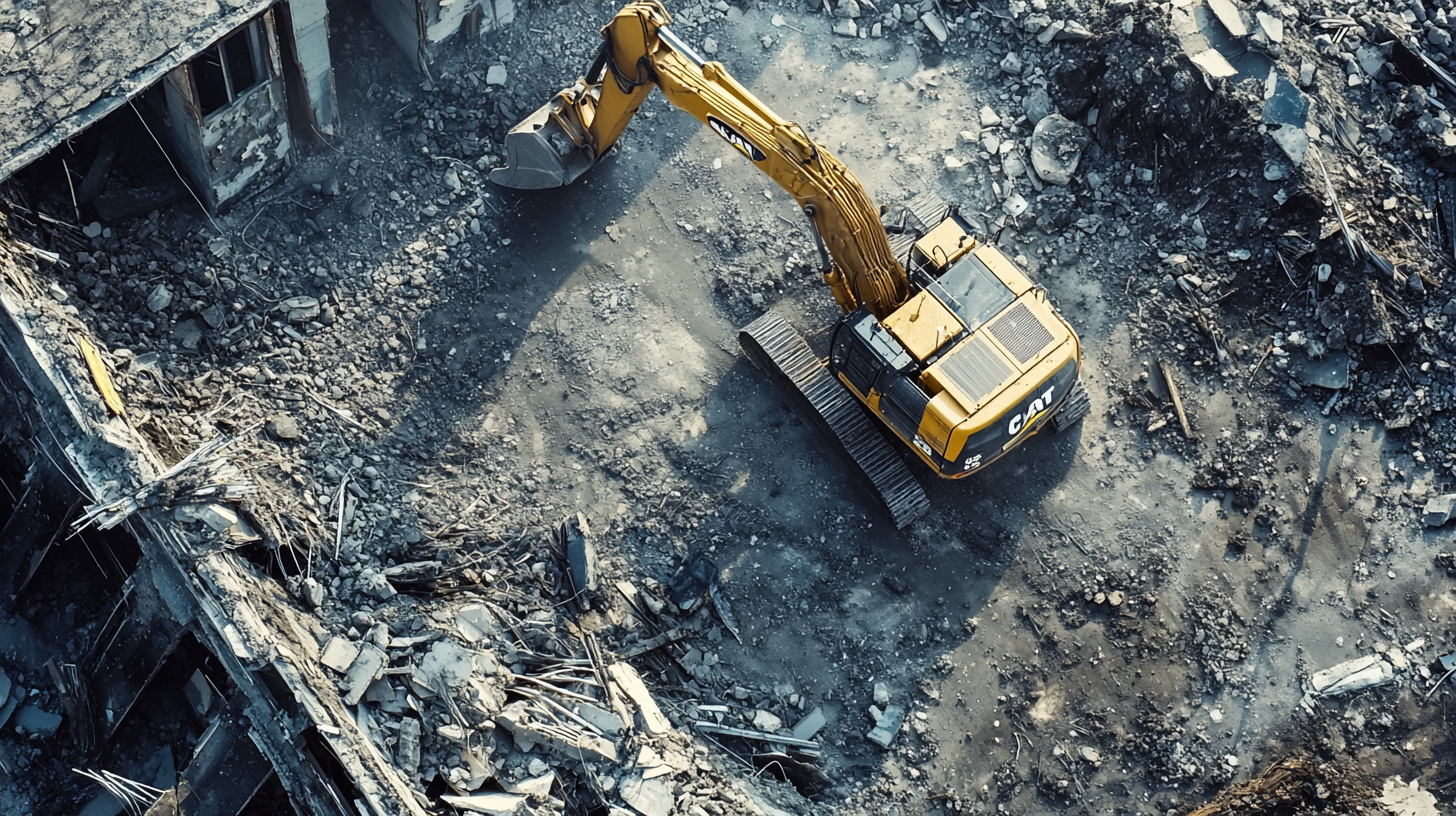
In the quest for a more energy-efficient home, replacing outdated or inefficient insulation emerges as a pivotal step for homeowners. However, the costs associated with such upgrades can be a significant barrier. Fortunately, a variety of financial support options are available to help mitigate these expenses, making energy efficiency more accessible and affordable. This blog delves into the myriad of financial aids, from government grants and tax credits to utility company rebates and special loan programs, designed to support homeowners in their insulation replacement projects.
Understanding the financial support available can transform the way homeowners approach energy efficiency upgrades. Not only do these incentives make it financially feasible to enhance your home's insulation, but they also contribute to long-term savings on energy bills, improved comfort, and a reduced environmental footprint. Whether you're considering minor updates or a comprehensive overhaul of your home's insulation, navigating the landscape of financial incentives can provide the necessary support to make your project a reality.
Join us as we explore the various avenues of financial support for insulation replacement, offering insights into how to qualify, apply, and benefit from these programs. Our goal is to equip you with the knowledge to take advantage of these opportunities, ultimately leading to a more energy-efficient, comfortable, and cost-effective home.
Understanding Insulation Grants and Incentives
Upgrading home insulation is a key step toward energy efficiency, lower utility bills, and environmental sustainability. Recognizing these benefits, various entities offer financial aids such as grants, incentives, rebates, tax credits, and low-interest loans to encourage homeowners to undertake insulation projects. This section explores the purpose of these financial supports and the distinctions among them, providing homeowners with the knowledge to leverage these opportunities effectively.
The Purpose of Grants and Incentives
Grants and incentives for insulation projects are designed with dual goals: promoting energy efficiency and supporting environmental sustainability. By reducing the upfront costs associated with upgrading insulation, these financial aids make energy-efficient home improvements more accessible to a broader range of homeowners. This not only leads to immediate benefits in terms of reduced energy consumption and costs but also contributes to broader environmental goals by decreasing the overall demand for energy and reducing greenhouse gas emissions.
Types of Financial Support
Understanding the various forms of financial support available can help homeowners identify the most beneficial opportunities for their specific situations. Here's a breakdown of the main types of financial aids:
- Grants: Grants are typically provided by government bodies or non-profit organizations and do not need to be repaid. They are often targeted at specific groups, such as low-income households, or specific projects that contribute significantly to energy efficiency and environmental sustainability.
- Rebates: Rebates are partial refunds on the purchase of energy-efficient insulation materials or services. Offered by government agencies or utility companies, rebates effectively lower the cost of insulation projects by refunding a portion of the expense after the work is completed.
- Tax Credits: Tax credits reduce the amount of income tax you owe to the federal or state government. Energy-efficient insulation upgrades can qualify for these credits, directly lowering your tax liability by a portion of the cost of the insulation materials and installation.
- Low-Interest Loans: Some programs offer low-interest loans for energy efficiency improvements, including insulation upgrades. These loans are designed to make upfront costs more manageable, with the savings on energy bills often offsetting the loan payments.
Each type of financial support has its eligibility criteria, application process, and benefits. Homeowners should carefully consider these factors, along with their personal and financial circumstances, to determine which type of aid best suits their needs.
Federal Insulation Replacement Grants and Incentives
Improving home insulation is a key strategy for enhancing energy efficiency and reducing environmental impact. Recognizing this, the federal government offers a range of grants and incentives designed to make insulation upgrades more accessible and affordable for homeowners across the United States. This section explores the federal tax credits available for energy efficiency improvements and highlights nationwide programs that support insulation upgrades.
Federal Tax Credits for Energy Efficiency
One of the most direct ways the federal government encourages energy-efficient home improvements is through tax credits. These credits can significantly reduce the cost of upgrading your home's insulation by decreasing the amount of tax you owe.
- Overview of Available Tax Credits: Homeowners can take advantage of tax credits for a portion of the cost of buying and installing energy-efficient insulation materials. These credits are designed to offset a specific percentage of the expense, up to a certain limit, making energy efficiency more financially viable.
- Eligibility Criteria: To qualify for these tax credits, the insulation materials must meet specific energy efficiency standards set by the federal government. The upgrades must be made to an existing home and principal residence; new construction and rentals do not qualify.
- How to Claim: Claiming these tax credits typically involves keeping receipts and manufacturer’s certifications for the insulation materials and installation. When filing your federal income tax return, you'll need to complete the appropriate forms to apply the credit to your tax liability.
Nationwide Programs and Initiatives
In addition to tax credits, the federal government sponsors nationwide programs aimed at supporting energy efficiency improvements, including insulation upgrades, for households across the country.
- Weatherization Assistance Program (WAP): The WAP is designed to help low-income families reduce their energy bills by making their homes more energy-efficient. Services provided by the program can include adding insulation to attics, walls, and floors; sealing air leaks; and improving heating and cooling systems. Eligibility for the WAP is based on income, and priority is often given to households with elderly members, individuals with disabilities, and families with children.
- How These Programs Support Insulation Upgrades: Programs like the WAP not only contribute to lowering energy costs for the most vulnerable households but also play a crucial role in reducing overall energy consumption and environmental impact. By providing financial and technical assistance for insulation upgrades, these initiatives ensure that energy efficiency is an achievable goal for a broader segment of the population.
State and Local Insulation Replacement Incentives
While federal programs play a significant role in promoting energy efficiency, state and local initiatives often provide additional support tailored to the unique needs of their communities. From state-specific grants and rebates to incentives offered by local utility companies, a wealth of resources is available to homeowners looking to enhance their home's insulation. This section delves into these opportunities, offering guidance on how to find and apply for the financial support that can make insulation upgrades more accessible and affordable.
State-Specific Grants and Rebates
Many states offer their own grants and rebates for homeowners undertaking insulation and other energy efficiency improvements. These programs are designed to complement federal incentives, filling gaps and addressing local priorities.
- Examples of State-Level Programs: Programs vary widely by state but may include direct grants for energy efficiency improvements, rebates on the purchase of approved insulation materials, or tax incentives beyond those available at the federal level. For instance, some states offer significant rebates for using insulation materials that meet specific environmental standards.
- Resources for Finding Programs in Your State: To discover what's available in your area, start with your state's energy office or environmental protection agency website. The Database of State Incentives for Renewables & Efficiency (DSIRE) is another comprehensive resource that provides detailed information on incentives and policies supporting renewables and energy efficiency in the United States.
Local Utility Company Incentives
In addition to state programs, many local utility companies offer rebates and incentives for customers who improve their home's energy efficiency. These incentives are not only beneficial for homeowners but also help utility companies reduce overall demand and meet energy efficiency goals.
- How Local Utility Companies Offer Rebates and Incentives: Utility companies may offer rebates for the purchase and installation of energy-efficient insulation, conduct free or discounted energy audits to identify potential improvements, or provide direct assistance with upgrades. The specifics can vary significantly from one utility provider to another.
- Tips for Navigating and Applying for These Incentives: To take advantage of these offers, contact your local utility company directly or visit their website for information on current programs. Be sure to inquire about the application process, eligibility criteria, and deadlines. Keeping detailed records of your insulation upgrades, including receipts and product information, will be crucial when applying for rebates or incentives.
How to Qualify for Insulation Replacement Grants and Incentives
Securing financial support for insulation replacement can significantly reduce the cost of making your home more energy-efficient. However, navigating the eligibility requirements and application process can be daunting. This section aims to demystify these steps, providing homeowners with a clear roadmap to accessing grants and incentives for insulation upgrades.
Eligibility Requirements
Understanding the common eligibility criteria for insulation grants and incentives is the first step toward qualifying for these financial aids. While specific requirements can vary by program, several key factors are commonly considered.
- Common Eligibility Criteria: Eligibility for insulation grants and incentives often depends on factors such as the homeowner's income level, the property's location, and whether the property is a primary residence. Some programs may also target specific groups, such as seniors, families with children, or households with disabilities.
- Importance of Meeting Energy Efficiency Standards: To qualify for many insulation grants and incentives, the materials and installation methods must meet certain energy efficiency standards. These standards ensure that the upgrades will significantly reduce energy consumption and contribute to environmental sustainability.
Application Process and Documentation
Successfully navigating the application process requires understanding the steps involved and preparing the necessary documentation in advance.
Step-by-Step Guide on the Application Process:
- Research: Identify available grants and incentives through federal, state, and local programs, as well as utility companies.
- Review Requirements: Carefully read the eligibility criteria and program guidelines to ensure you meet all requirements.
- Gather Documentation: Prepare the necessary documents, which may include proof of income, property ownership, and estimates for the insulation work.
- Apply: Complete the application forms, attach the required documentation, and submit your application by the deadline.
- Follow Up: After submitting your application, keep track of its status and be prepared to provide additional information if requested.
Necessary Documentation and How to Prepare It: The specific documentation required can vary, but generally includes personal identification, proof of homeownership, recent utility bills, and quotes or estimates from contractors for the insulation work. Ensure all documents are current, accurate, and clearly legible. Organizing these documents in advance can streamline the application process and improve your chances of qualifying for support.
Maximizing the Benefits of Grants and Incentives
Investing in insulation replacement not only enhances your home's energy efficiency but also contributes to environmental sustainability. Fortunately, numerous grants and incentives are available to help offset the costs of such projects. However, navigating these opportunities and maximizing their benefits requires a strategic approach. This section explores how to effectively combine different financial aids and plan your insulation project to take full advantage of these offers.
Combining Multiple Incentives
Leveraging more than one financial aid for your insulation project can significantly reduce your out-of-pocket expenses. Here's how to approach this strategy:
- Strategies for Stacking Different Financial Aids: Begin by researching all available grants, rebates, tax credits, and low-interest loans at the federal, state, and local levels, as well as through utility companies. Understand the specifics of each program, including whether they can be combined with others.
- Considerations to Ensure Compliance with Program Rules: Carefully review the terms and conditions of each incentive to ensure they can be used together without violating any program rules. Some programs may have restrictions on combining aids or specific requirements for the types of materials or contractors used.
Planning Your Insulation Project
Aligning your insulation replacement project with available grants and incentives requires careful planning and, often, professional advice.
- How to Align Your Insulation Replacement Project with Grant and Incentive Opportunities: Start by defining the scope of your project based on your home's needs and the most beneficial incentives available. Consider the timing of your project, as some incentives may be available only during certain periods or until funding runs out.
- Consulting with Professionals for Project Planning and Execution: Engaging with energy auditors, insulation contractors, or energy efficiency consultants can provide valuable insights into making your project eligible for the maximum amount of financial support. These professionals can help you understand the technical requirements, such as energy efficiency standards and proper installation techniques, that must be met to qualify for specific grants and incentives.
By strategically combining multiple incentives and meticulously planning your insulation project, you can maximize the financial support available, thereby reducing your costs while enhancing your home's energy efficiency. This approach not only benefits you financially but also contributes to broader environmental goals by promoting energy conservation and reducing greenhouse gas emissions.
FAQs
Contact Bull City Crawlspace Today!
Bull City Crawlspace will do everything we can to ensure your experience with us is excellent.
Request A FREE Estimate
Request a Free Estimate Form
Checkout Recent Post




Got a Question? We’re Here to Help.
You can arrange an appointment or make an enquiry by phone or email, orget in touch to us via our contact form.

